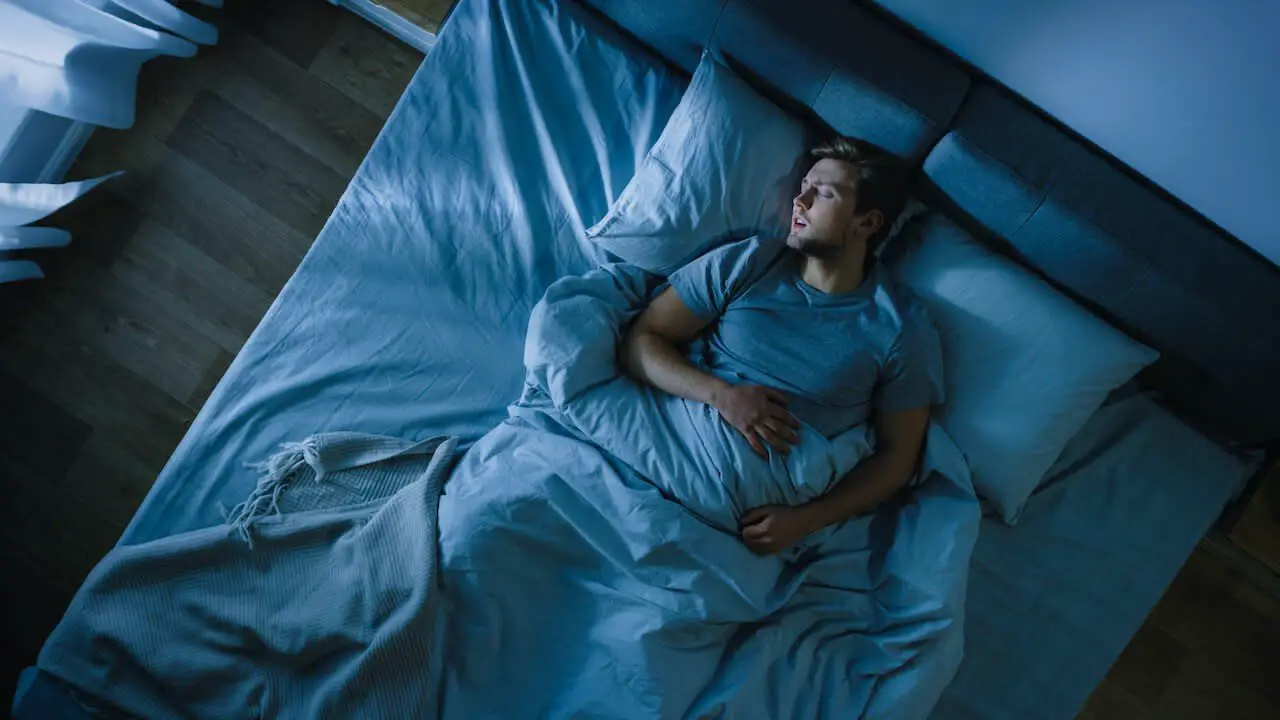You realize it’s bedtime once you say the words “lights out.” While leaving the lighting on might disrupt sleep, other studies suggest that switching on specific hues of lighting, like blue color, may ease you fall asleep.
However, other shades within your home, such as on the walls, could also have an impact on your sleep. Although colors may influence your emotions, getting accompanied by the incorrect hue for relaxing can impact your sleep patterns.
Continue reading to find out how variant colors on your walls could be impacting your sleep. Learn what colors you must use to get a perfect sleep each night.

Colors which may benefit with sleeping.
Although you may repaint your rooms for aesthetical motives, the colors you choose may have psychological consequences, such as affecting your sleep pattern. Some colors might calm you down, whereas others help you stay alert by stimulating your thoughts. Muted hues are preferable for your walls in general, with blues, emerald, and yellow possibly providing the greatest benefits.
Blue.
Maybe the ideal hue for your sleep is blue. Blue shades do indeed have a more subdued appearance, but they also get a relaxing impact on the brain, as per a 2018 research of wall framing at a university residence hall. All colors of blue may create a relaxing ambiance. However, for the greatest results, choose lighter tones across your walls.
The light that is red or amber
This light has the highest likelihood of disrupting our circadian cycle and causing us to fall asleep. In the nighttime, red or amber lighting makes us feel peaceful and encourages melatonin production. Some specialists even believe that exposure to red and carnelian light could boost our emotions and psychological wellness.
Colors inside the visible light near red are considered to boost melatonin synthesis. Nevertheless, further investigation is necessary to back up this notion.
In little research conducted in 2012, Twenty women basketball athletes were given half an hour of red light treatment at night.
Individuals who underwent light treatment increased their sleep efficiency and melatonin concentrations considerably following 14 days. As per the investigators, when compared to those who were not subjected to any sunlight.
Red light with a brightness of Ten lux or greater can promote sleep in rats, according to a 2017 report. Light levels below 10 lux showed no effect, according to the study.
Green.
Green may make you feel at ease since it reminds you of the environment. Green is also a popular color option for many individuals since it is calming and soothing.
Yellow.
While yellow is still not necessarily sleep-inducing, the color’s pleasant associations might make it beneficial to awaken in a yellow room. Opt using lighter colors that are less prone to wake you up, just as blue and green.
The Benefits Of Lighting And How They Affect Mood And Sleep.
Our moods and drowsiness are often influenced by the hue of the light and the illumination impact or the angle of light. This is how lighting may impact our emotions, sleeping, and general mental condition.
A strong light source straight above causes us to become more tense, agitated, anxious, and psychologically and physiologically active. It has the potential to increase arousal and anxiety during sleep.
Low ambient light in a warmer color scheme helps us feel comfortable, peaceful and linked to the individuals with whom we share the space, as well as more prone to analyzing and contemplating.
Bright light, especially cooler-toned ambient lighting, helps people feel more engaged and attentive and improves visibility.
Low light levels, a warming glow within the recreation center, and dark sections around the periphery make people feel extra personal, snug, and tired. Melatonin production and tiredness are aided by dim and warmer light.
Takeaway.
There’s proof that red light might make you sleepy. An additional human study, though, is required to support this notion.
Blue light has been shown to have a harmful influence on melatonin production in the past. Purple and green lighting may also make it more difficult to feel sleepy, but additional study is required to comprehend their impacts completely.










